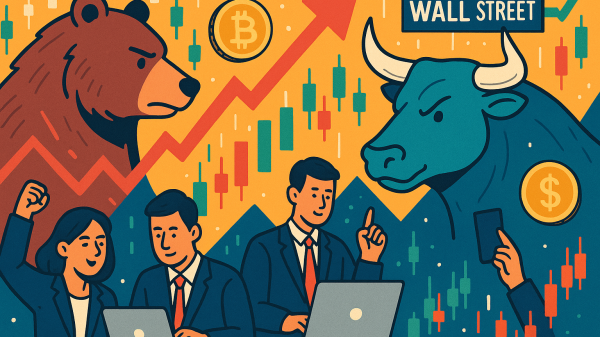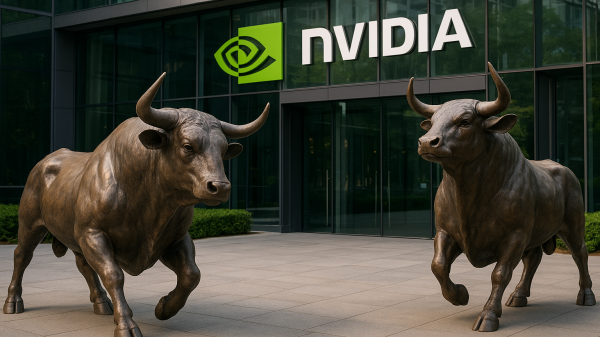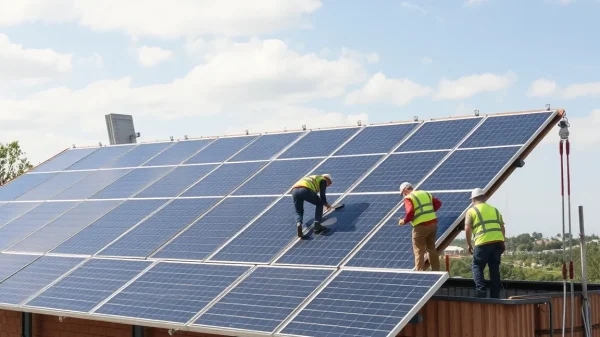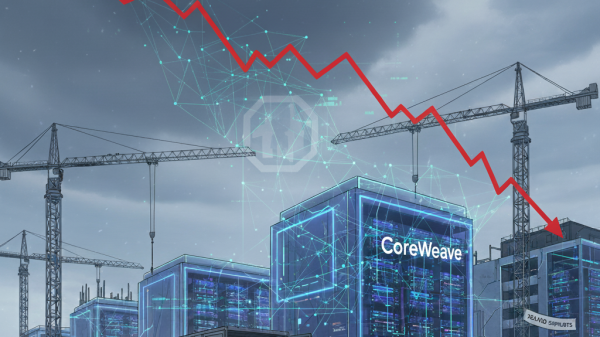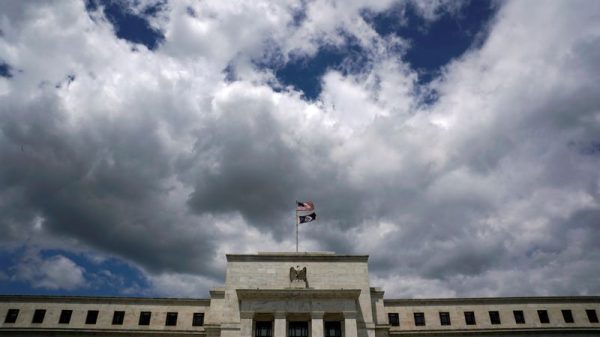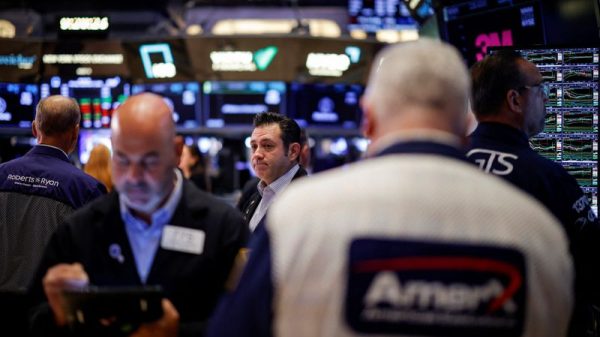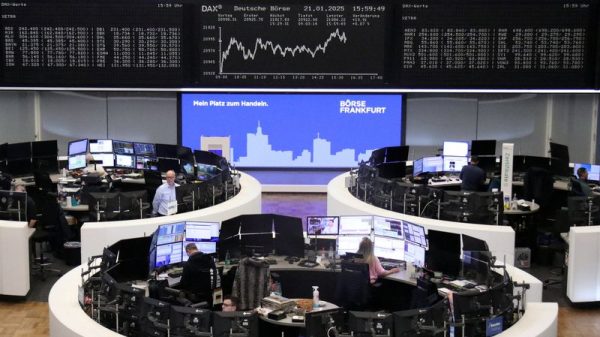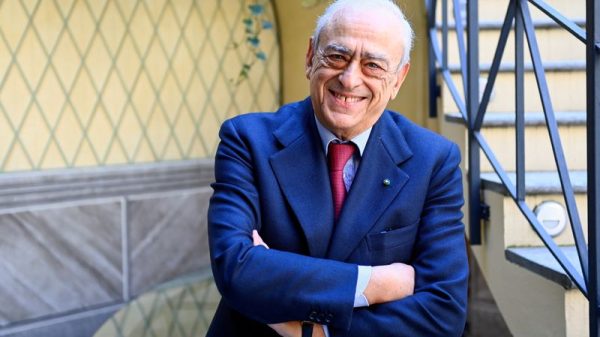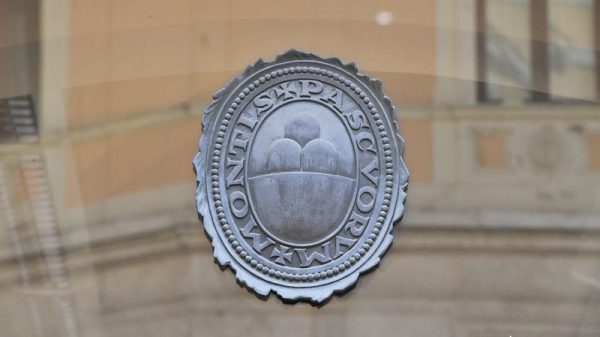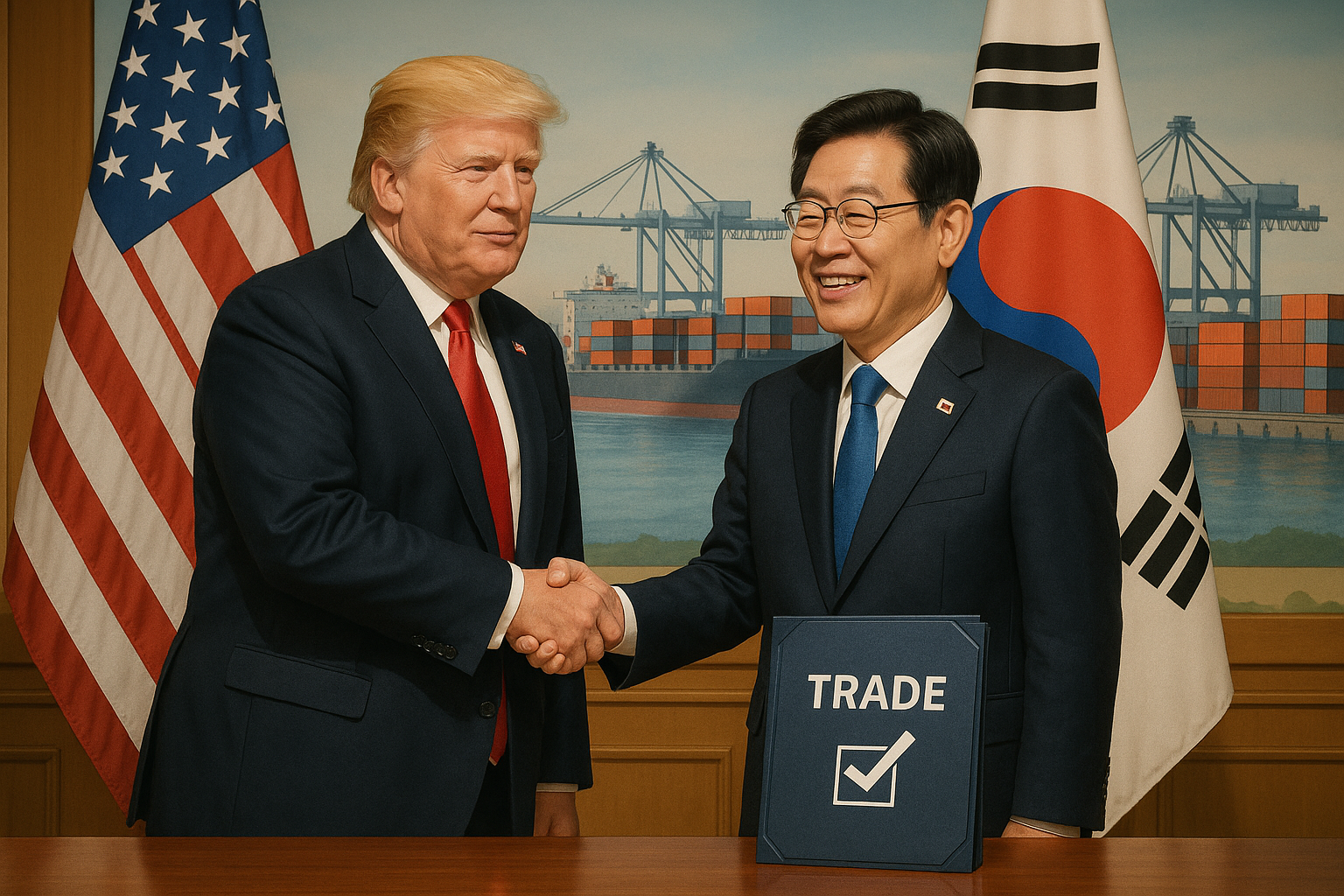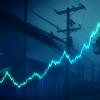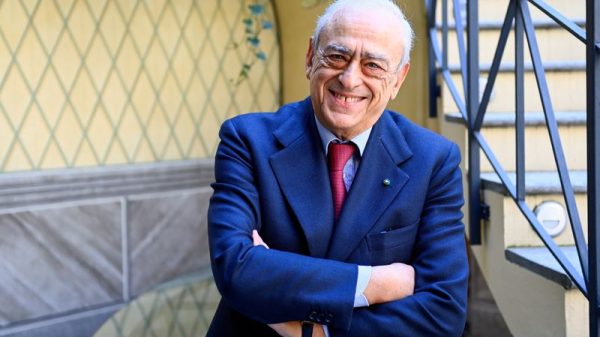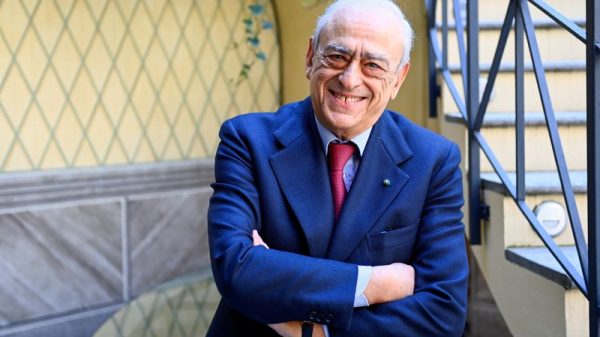The KOSPI Composite Index remains in a strong bull run this year and is hovering near its all-time high as most South Korean stocks have surged. It was trading at KRW 4,140, up by 81% from its lowest level this year, making it one of the best-performing indices.
Why the KOSPI Composite Index has soared
The KOSPI Composite has emerged as one of the best-performing global indices this year as it jumped to a record high this year.
The rally is attributed to several macro tailwinds, such as the trade deal between the US and South Korea, artificial intelligence (AI) demand, and actions by the central bank.
South Korea’s central bank has maintained a highly dovish outlook on interest rates. It has cut rates to 2.50%, down sharply from last year’s high of 3.5%.
The risk, however, is that there are signs that inflation is rising, which may force the bank to embrace a hawkish tone in the coming months. Inflation has started to rise, while bond yields have continued to rise.
The 10-year yield rose to 3.15%, its highest level since November last year. This yield has formed an inverse head and shoulders pattern, pointing to more upside in the near term.
Meanwhile, the KOSPI Index has also soared because of the trade deal between South Korea and the United States. This deal reduced tariffs from its proposed 25% to 15% and for South Korea to invest $350 billion in the USA.
The index has also jumped in line with the ongoing performance of the global stock market as most indices like the S&P 500, Nasdaq 100, and FTSE 100 have jumped to a record high.
Artificial Intelligence tailwinds
The KOSPI Composite Index has jumped because of the ongoing artificial intelligence tailwinds that have benefited some major companies.
One of them is SK Hynix, which is a major supplier of chips to Nvidia, which has jumped by over 240% this year. In a statement on Tuesday, the Korea Exchange issued an investment caution, citing its performance this year.
The company’s performance has mirrored that of other American technology companies like Western Digital, Seagate Technology, and Micron that are now leading the S&P 500 Index.
Its most recent results showed that the company had a record revenue of 24.4 trillion won and an operating profit of 11.38 trillion and a net profit of over 12 trillion won.
Meanwhile, Samsung Electronics, DB Hitek, and LG have all surged this year. The other top gainers in the KOSPI Index are companies like Mirae Corp, Hyosung Heavy Industries, Doosan Enerbility, Ascendio, Hyundai Rotem, and Doosan Corporation.
KOSPI Index technical analysis
The weekly timeframe chart shows that the KOSPI Composite Index has jumped sharply in the past few months, moving from a low of 2,290 KRW in April to a high of 4,200 KRW this month.
It has jumped in the last six consecutive weeks and flipped the important resistance level at 3,300 KRW, the highest swing in January 2021.
The index has moved above all moving averages, a sign that bulls remains in control. Also, the Relative Strength Index (RSI) and other oscillators have become highly overbought.
Therefore, there is a risk that the index will pull back in the coming weeks. If this happens, it may drop to the next key resistance level at KRW 4,000 or even the psychological level at KRW 3,500.
The post Here’s why South Korea’s KOSPI Index has soared this year appeared first on Invezz



